The former Phoenix Theatre helped to develop the career of award-winning Leicester author and playwright Sue Townsend.
- The old Pavilion sustained bomb damage in WWII leading to its demolition in 1940
- Former mayor Sir Jonathan North donated the park's ornate iron gates in memory of his wife, Kate North
- The park’s Arch of Remembrance was designed by renowned architect Sir Edwin Lutyens who also created the Cenotaph in Whitehall, London
The former horse racecourse
Victoria Park has formed a popular part of Leicester’s community and social landscape since its inception during the Victorian period. Originally part of the common land known as South Fields, the park was used as a racecourse from 1806 to 1883 and featured an impressive purpose-built grandstand that would later become the Pavilion. When the racecourse was moved to its current position in Oadby, Victoria Park became a public park. It then used year round for a variety of sporting and recreational activities including hosting several ‘Leicester Fosse’ football matches during the late 19th century; Leicester Fosse went on to be renamed Leicester City Football Club. The park was also home to one of the earliest roller skating rinks in the country.
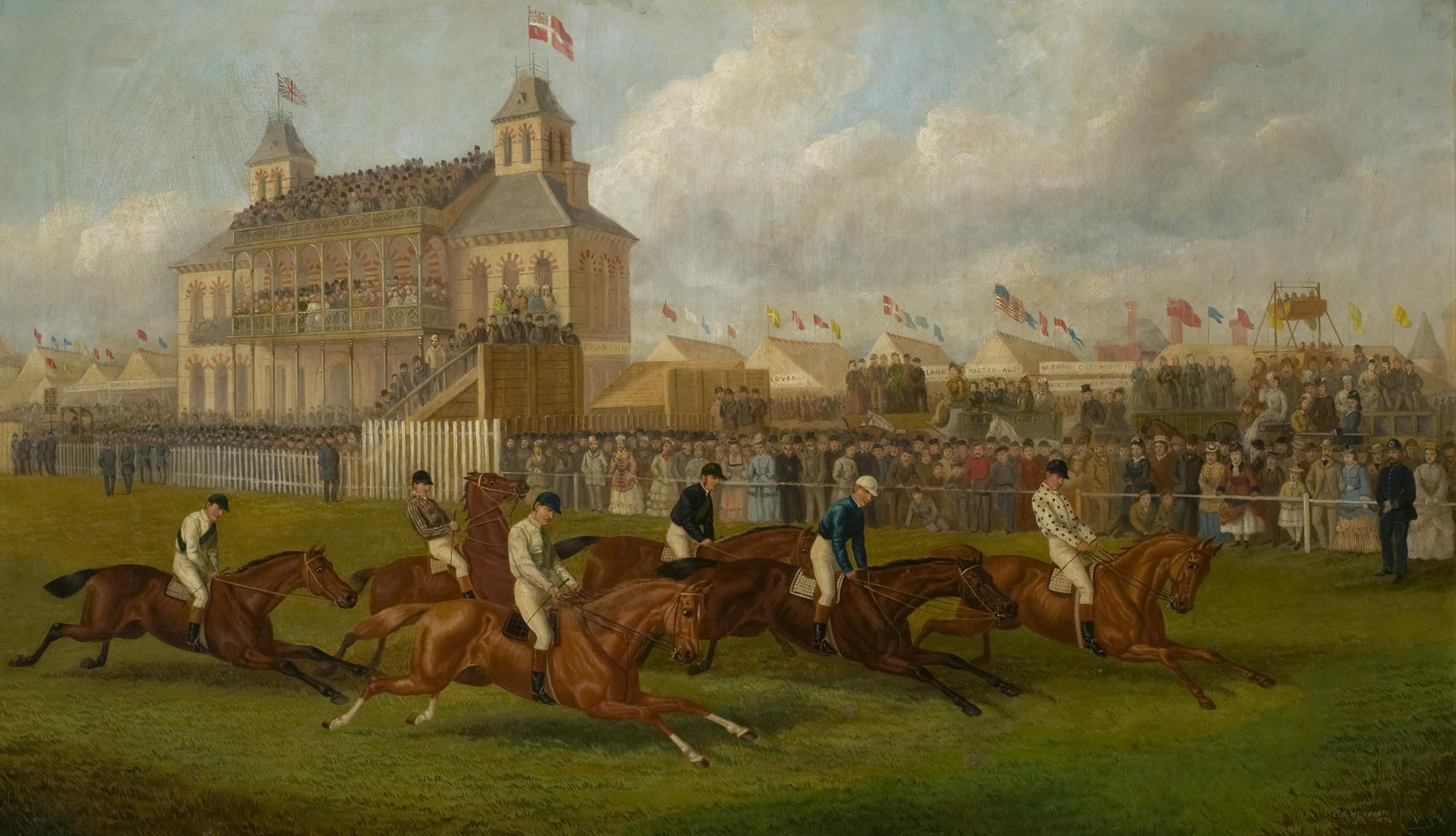
Sir Edwin Lutyens
The park boasts two impressive early 20th century architectural features; the Arch of Remembrance and the park gates, both designed by the renowned architect Sir Edwin Lutyens. The striking Arch of Remembrance was built as a memorial to those who died during the Great War and was orientated to view the sunrise between the arches on the 11th November each year. The cost of the Arch was £27,000, of which £10,000 was provided by the people of Leicester. The Arch was officially unveiled by two war widows on July 3rd 1925 in a large and well attended ceremony.
The wrought-iron park gates at the base of peace walk and by London road were presented to the city in 1931 by Sir Jonathan North in memory of his wife, Kate, who had been a prominent figure in Leicester’s voluntary war effort. North was a former shoe and boot trade businessman who had become the Mayor of Leicester during the war and was knighted by King George V in 1919 for his outstanding services to the city. The two lodges were also erected with the gates in order to house the park keepers at a rate of 7s per week in rent.
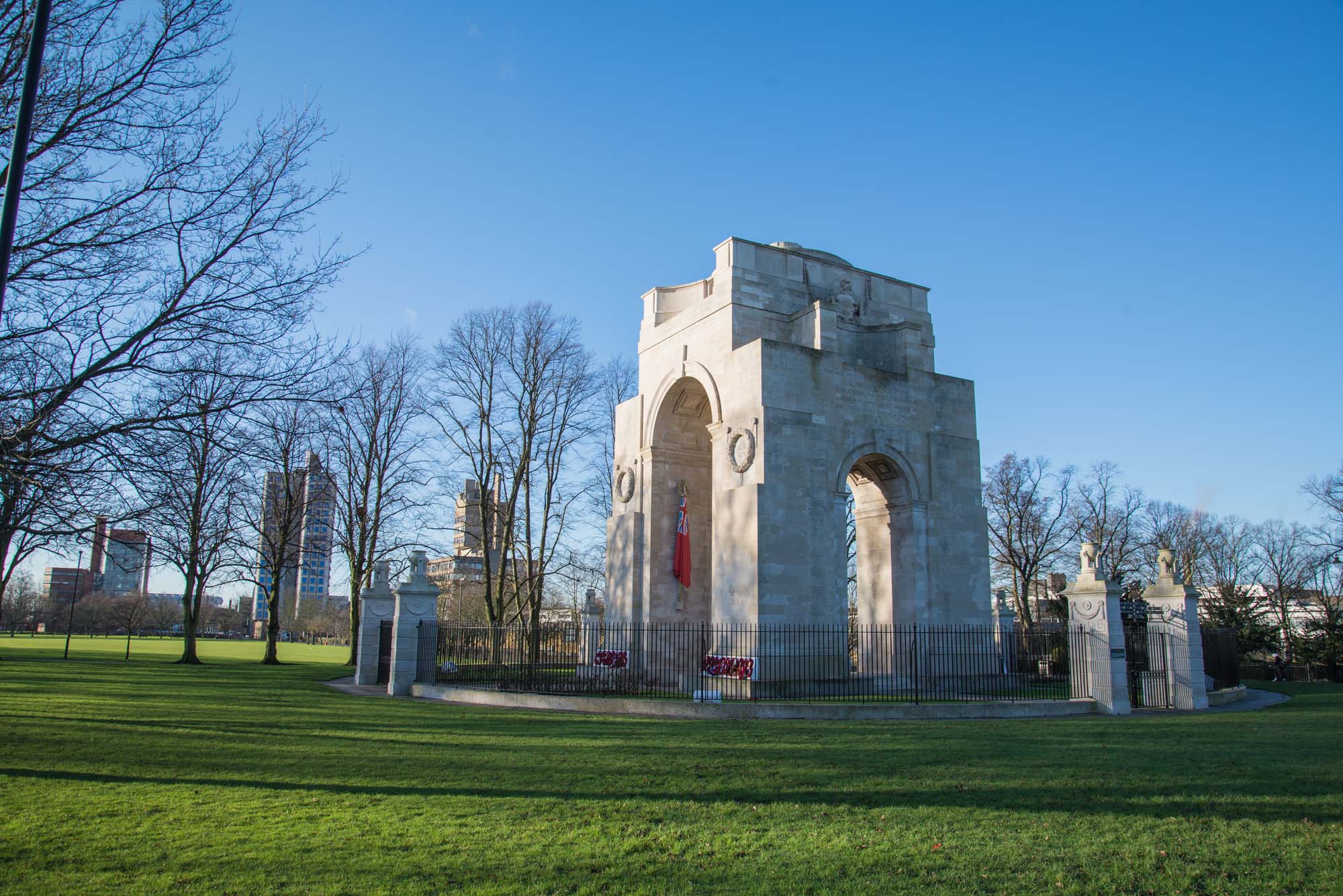
Rocket launchers and a lost Pavilion
During the Second World War, Victoria Park was transformed into allotments, with the railings taken for munitions as well as three tiers of rocket launchers positioned and manned by the Regular Army and the Home Guard. A searchlight was situated where the tennis courts are now as well as a barrage balloon and anti-parachute poles designed to stop German pilots from being able to land on the park. In 1940 a German Heinkel bomber dropped a land mine on the north-eastern corner of the park creating a 30 foot crater and damaging the corner of the pavilion, leading to its demolition. Following the Dunkirk landing in 1944, Leicester was used as a gathering place for groups of wounded soldiers who were brought to Victoria Park and attended to by nurses.
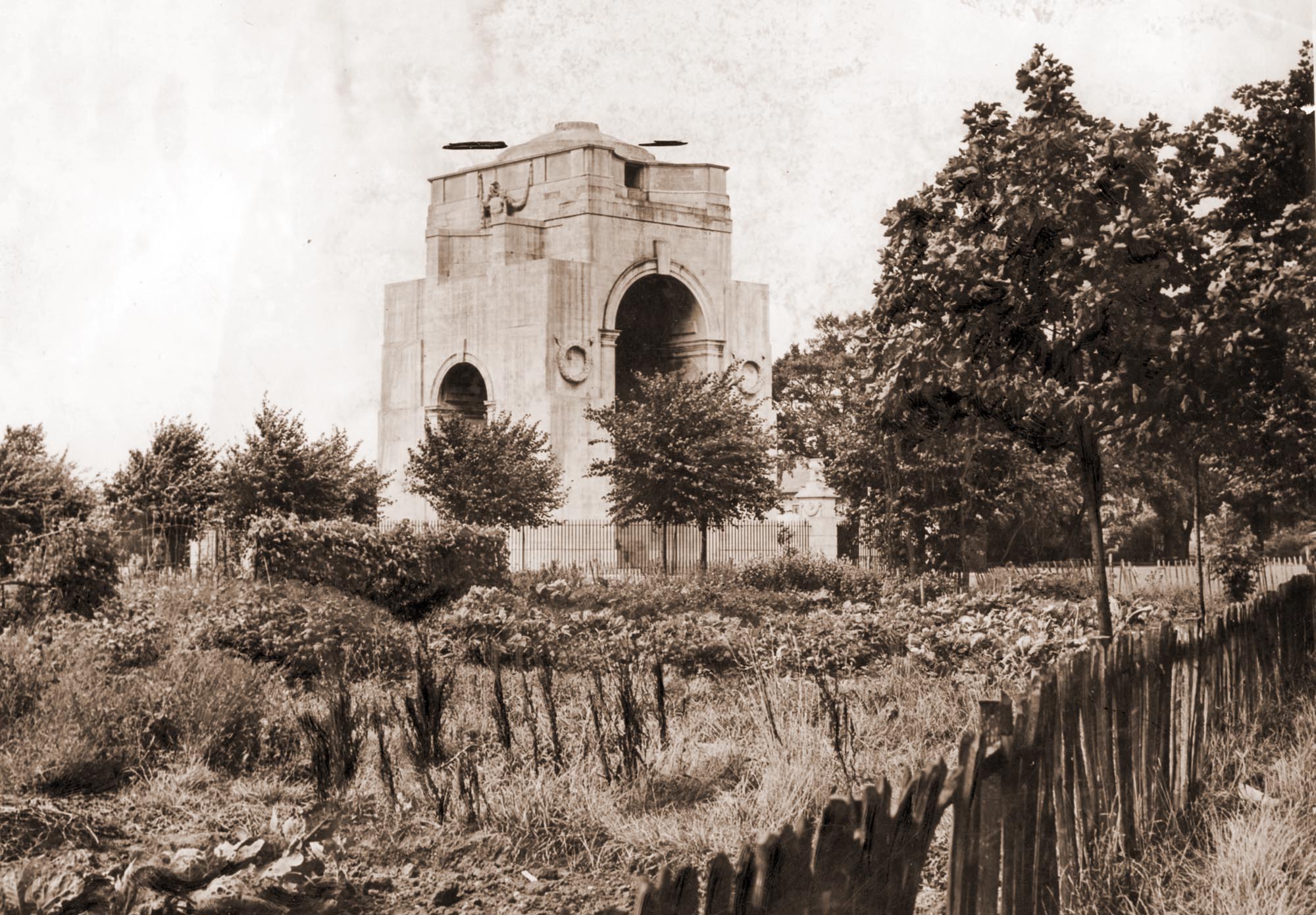
A place for entertainment
Today Victoria Park is one of Leicester’s busiest parks – it plays host to a number of annual events such as the Caribbean Carnival and Remembrance Sunday, with hundreds of thousands of people attending across the year. The park has a number of excellent facilities including floodlit tennis courts, ball courts, skate park and basketball court, two children’s play areas, toilet facilities and parking for events at De Montfort Hall and general use. As it was from its earliest beginnings, Victoria Park remains a place of leisure and recreation for everyone.
Gallery
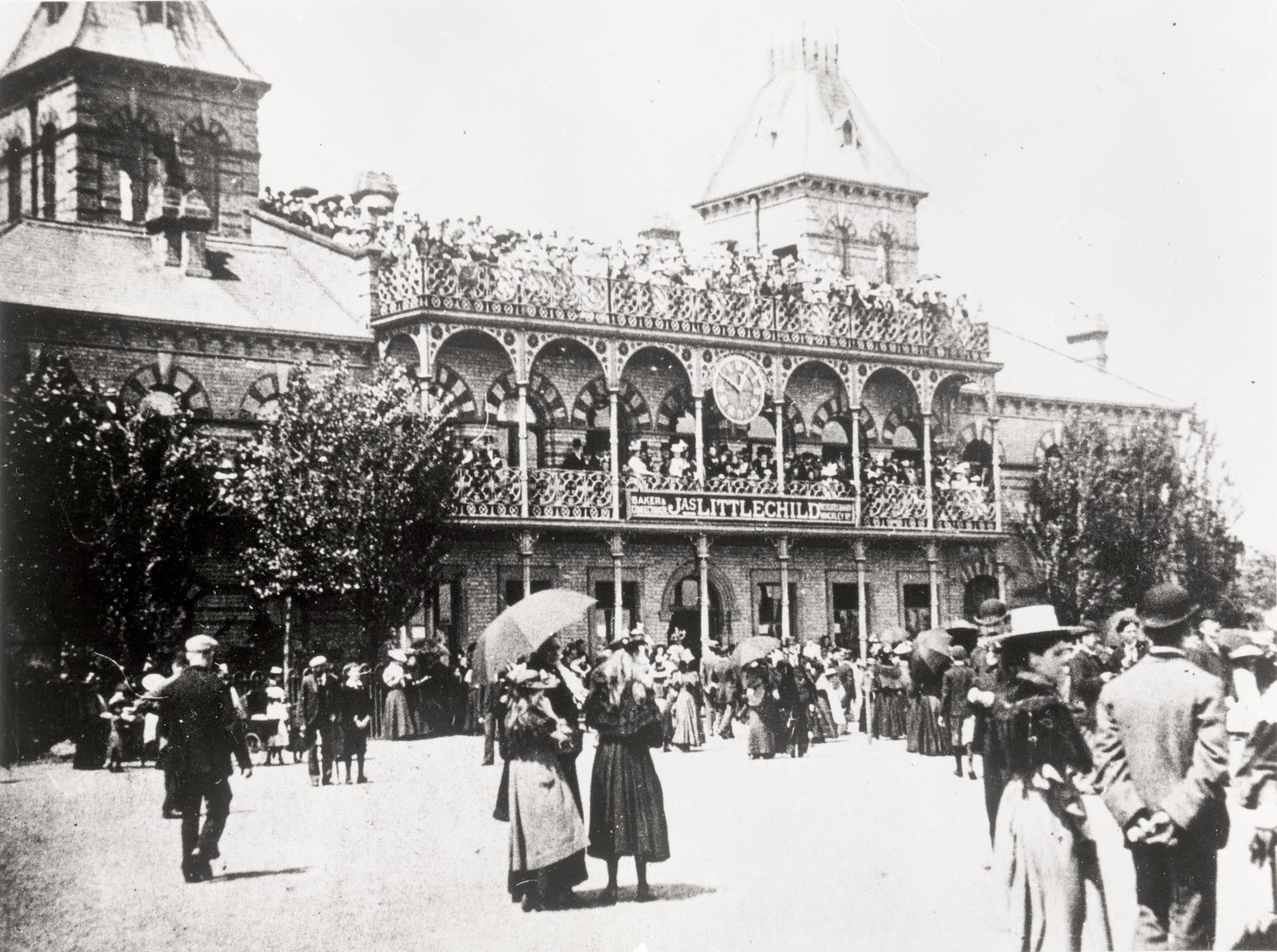
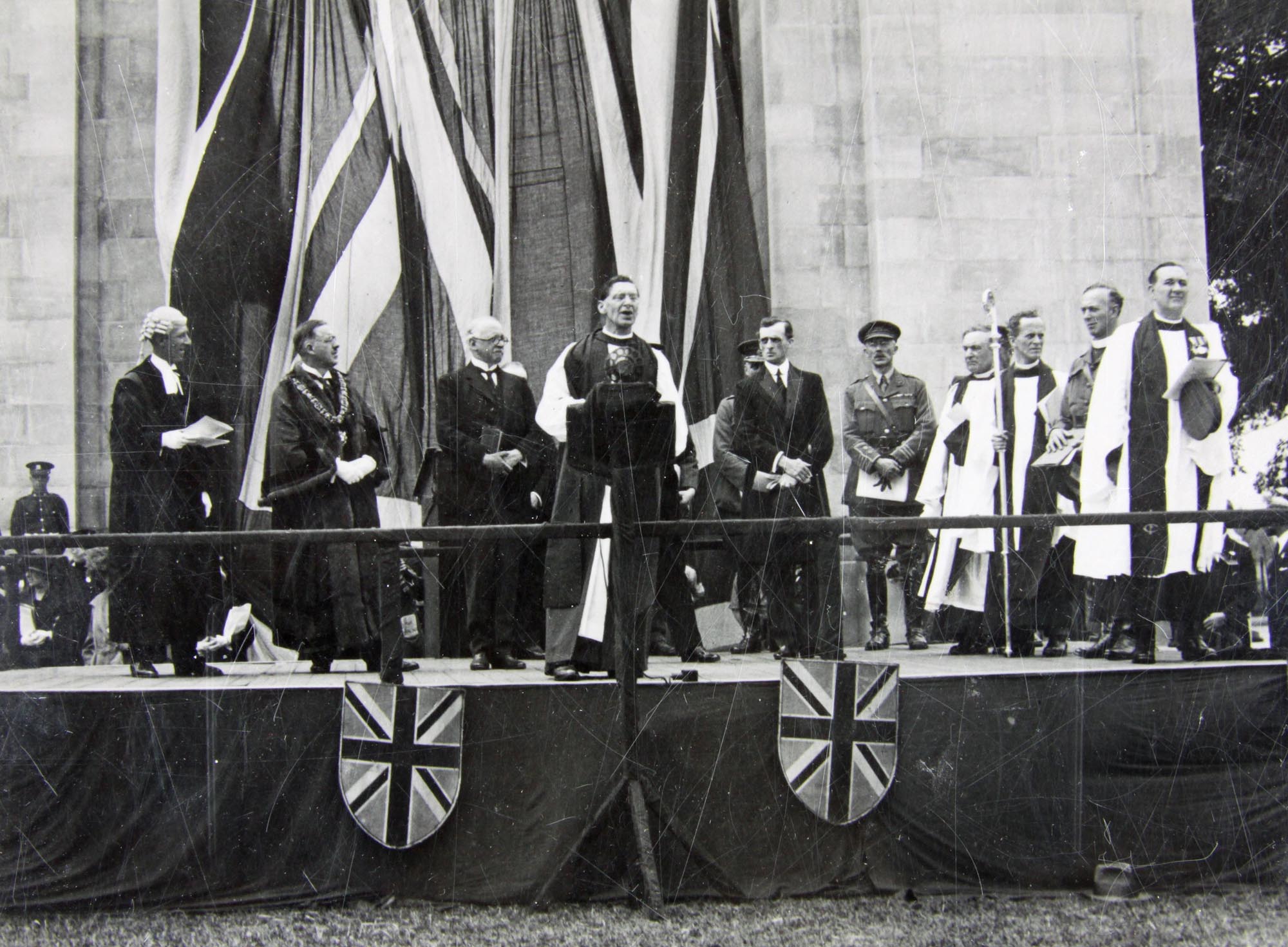
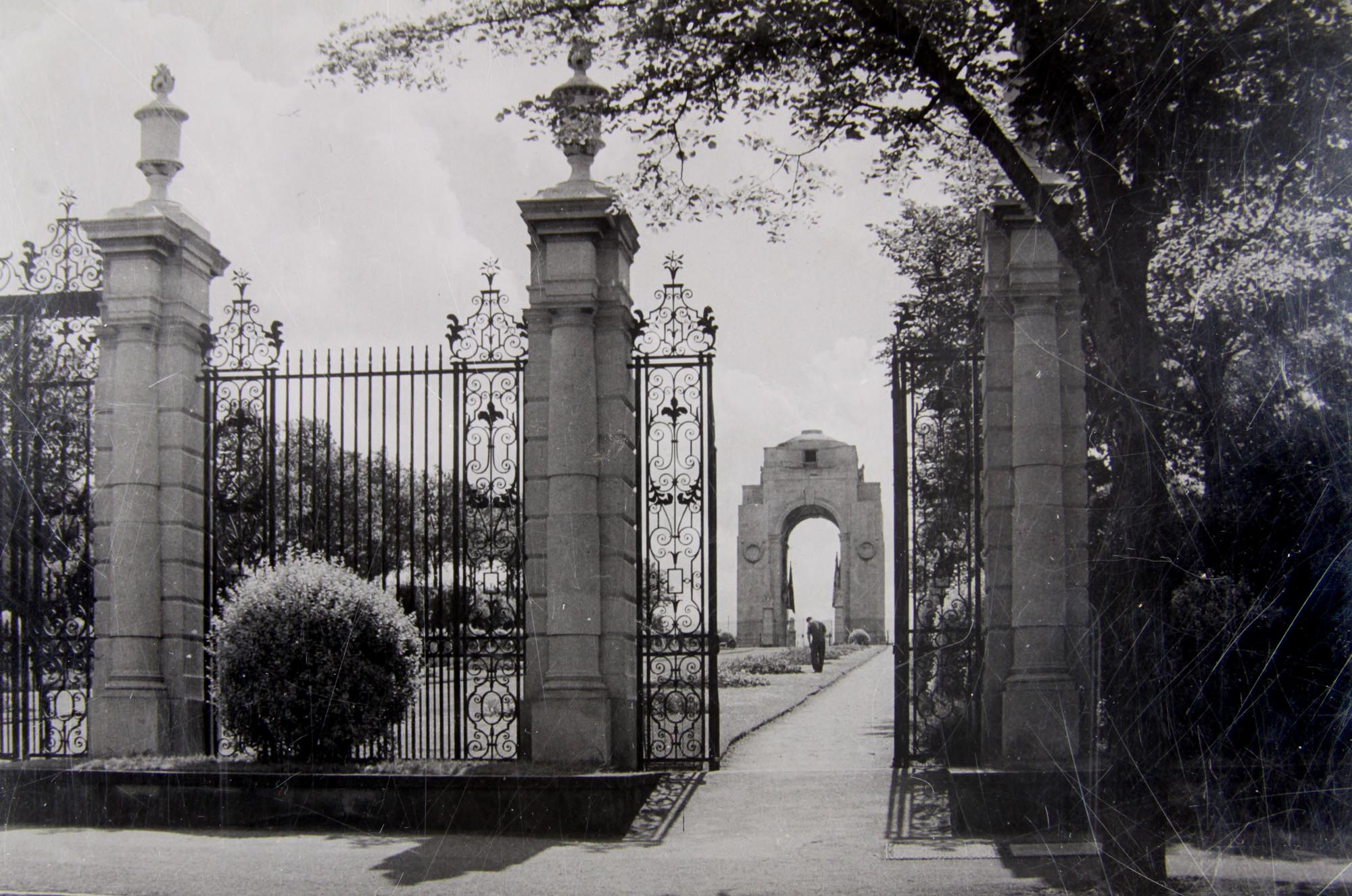



Leisure & Entertainment
Roman Leicester
(47- 500) A military fort was erected, attracting traders and a growing civilian community to Leicester (known as Ratae Corieltauvorum to the Romans). The town steadily grew throughout the reign of the Romans.
Medieval Leicester
(500 – 1500) The early years of this period was one of unrest with Saxon, Danes and Norman invaders having their influences over the town. Later, of course, came Richard III and the final battle of the Wars of the Roses was fought on Leicester’s doorstep.
-
The Castle Motte1068

-
Leicester Cathedral1086

-
St Mary de Castro1107

-
Leicester Abbey1138

-
Leicester Castle1150

-
Grey Friars1231

-
The Streets of Medieval Leicester1265

-
Leicester Market1298

-
Trinity Hospital and Chapel1330

-
Bow Bridgecirca 1350

-
Church of the Annunciation1353

-
John O’Gaunt’s Cellar1361

-
St John's Stone1381

-
Leicester Guildhall1390

-
The Magazine1400

-
The Blue Boar Inn1400

-
The High Cross1577

Tudor & Stuart Leicester
(1500 – 1700) The wool trade flourished in Leicester with one local, a former mayor named William Wigston, making his fortune. During the English Civil War a bloody battle was fought as the forces of King Charles I laid siege to the town.
Georgian Leicester
(1700 – 1837) The knitting industry had really stared to take hold and Leicester was fast becoming the main centre of hosiery manufacture in Britain. This new prosperity was reflected throughout the town with broader, paved streets lined with elegant brick buildings and genteel residences.
-
Great Meeting Unitarian Chapel1708

-
The Globe1720

-
17 Friar Lane1759

-
Black Annis and Dane Hills1764

-
Leicester Royal Infirmary1771

-
New Walk1785

-
Freemasons’ Hall1790

-
Gaols in the City1791

-
Friars Mill1794

-
City Rooms1800

-
Development of Highfields1800

-
Wesleyan Chapel1815

-
20 Glebe Street1820

-
Charles Street Baptist Chapel1830

-
Glenfield Tunnel1832

-
James Cook1832

Victorian Leicester
(1837 – 1901) The industrial revolution had a huge effect on Leicester resulting in the population growing from 40,000 to 212,000 during this period. Many of Leicester's most iconic buildings were erected during this time as wealthy Victorians made their mark on the town.
-
Leicester Union Workhouse1839

-
Campbell Street and London Road Railway Stations1840

-
The Vulcan Works1842

-
Belvoir Street Chapel1845

-
Welford Road Cemetery1849

-
Leicester Museum & Art Gallery1849

-
King Street1850

-
Cook’s Temperance Hall & Hotel1853

-
Amos Sherriff1856

-
Weighbridge Toll Collector’s House1860

-
4 Belmont Villas1862

-
Top Hat Terrace1864

-
Corah and Sons - St Margaret's Works1865

-
Kirby & West Dairy1865

-
The Clock Tower1868

-
Wimbledon Works1870

-
The Leicestershire Banking Company1871

-
St Mark’s Church and School1872

-
Victorian Turkish Baths1872

-
The Town Hall1876

-
Central Fire Stations1876

-
Aylestone Road Gas Works and Gas Museum1879

-
Gas Workers Cottages1879

-
Leicestershire County Cricket Club1879

-
Welford Road Tigers Rugby Club1880

-
Secular Hall1881

-
Development of Highfields1800

-
Abbey Park1881

-
Abbey Park Buildings1881

-
Victoria Park and Lutyens War Memorial1883

-
Leicester Fosse FC 18841884

-
Leicester Coffee and Cocoa Company Coffee Houses1885

-
St Barnabas Church and Vicarage1886

-
Abbey Pumping Station1891

-
Luke Turner & Co. Ltd.1893

-
West Bridge Station1893

-
Thomas Cook Building1894

-
The White House1896

-
Alexandra House1897

-
Leicester Boys Club1897

-
Grand Hotel and General Newsroom1898

-
Highfield Street Synagogue1898

-
Western Park1899

-
Asfordby Street Police Station1899

-
Leicester Central Railway Station1899

Edwardian Leicester
(1901 – 1910) Electric trams came to the streets of Leicester and increased literacy among the citizens led to many becoming politicised. The famous 1905 ‘March of the Unemployed to London’ left from Leicester market when 30,000 people came to witness the historic event.
-
YMCA Building1900

-
The Palace Theatre1901

-
Pares's Bank1901

-
Coronation Buildings1902

-
Halfords1902

-
High Street1904

-
George Biddles and Leicester's Boxing Heritage1904

-
Municipal Library1905

-
Leicester Boys Club1897

-
The Marquis Wellington1907

-
Guild Hall Colton Street1909

-
Women's Social and Political Union Shop1910

-
Turkey Café1901

Early 20th Century Leicester
(1910 – 1973) The diverse industrial base meant Leicester was able to cope with the economic challenges of the 1920s and 1930s. New light engineering businesses, such as typewriter and scientific instrument making, complemented the more traditional industries of hosiery and footwear manufacturing.
-
Dryad Handicrafts1912

-
De Montfort Hall1913

-
Leicester During the First World War1914

-
Fox’s Glacier Mints1918

-
Statue of Liberty1919

-
Housing in Saffron Lane1924

-
Winstanley House1925

-
Housing in North Braunstone1926

-
Lancaster Road Fire Station1927

-
The Little Theatre1930

-
Saffron Hill Cemetery1931

-
Braunstone Hall Junior School1932

-
Former City Police Headquarters1933

-
Savoy Cinema1937

-
Eliane Sophie Plewman1937
-
City Hall1938

-
Athena - The Odeon Cinema1938

-
The Blitz in Highfields1940

-
Freeman, Hardy and Willis - Leicester Blitz1940

-
Leicester Airport1942

-
Leicester’s Windrush Generations1948

-
Netherhall Estate1950
-
Housing at Eyres Monsell1951

-
Silver Street and The Lanes1960

-
Bostik1960

-
Auto-Magic Car Park (Lee Circle)1961

-
University of Leicester Engineering Building1963

-
Sue Townsend Theatre1963

-
Central Mosque1968

-
Belgrave Flyover1973

Modern Leicester
(1973 – present day) Industry was still thriving in the city during the 1970s, with the work opportunities attracting many immigrants from all over the world. While industry has declined in recent years, excellent transport links have made Leicester an attractive centre for many businesses. The City now has much to be proud of including its sporting achievements and the richness of its cultural heritage and diversity.
-
Haymarket Theatre1973

-
The Golden Mile1974

-
Acting Up Against AIDS1976

-
Belgrave Neighbourhood Centre1977

-
Diwali in Leicester1983

-
Leicester Caribbean Carnival1985

-
Samworth Brothers1986

-
Jain Centre1988

-
Guru Nanak Dev Ji Gurdwara1989

-
King Power Stadium2002

-
LCB Depot2004

-
Curve2008

-
BAPS Shri Swaminarayan Mandir2011

-
Makers Yard2012

- Roman Leicester
- Medieval Leicester
- Tudor & Stuart Leicester
- Georgian Leicester
- Victorian Leicester
- Edwardian Leicester
- Early 20th Century Leicester
- Modern Leicester















































































































































